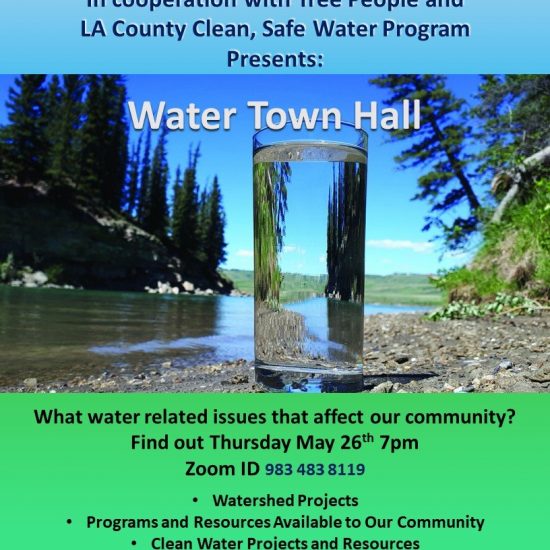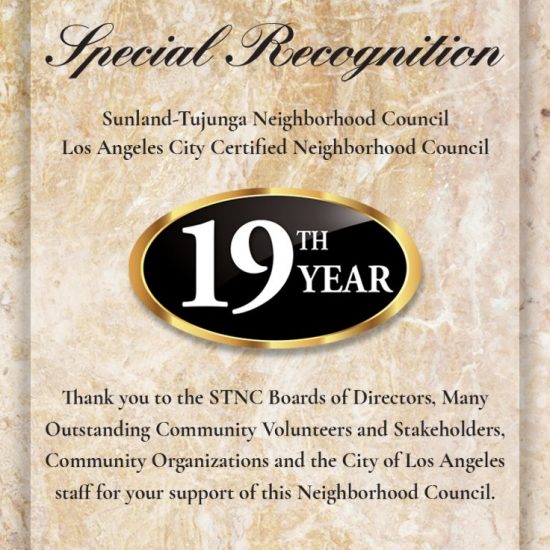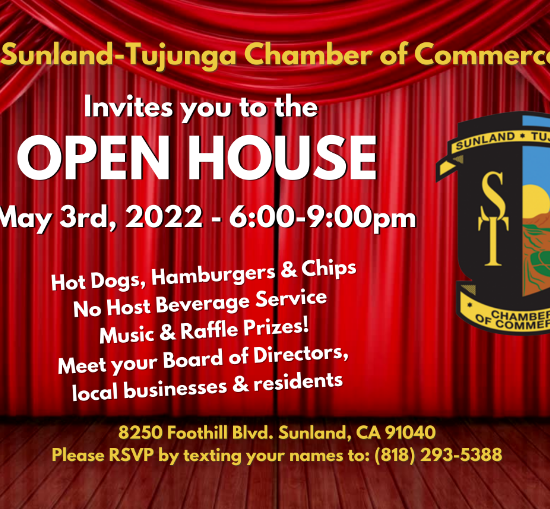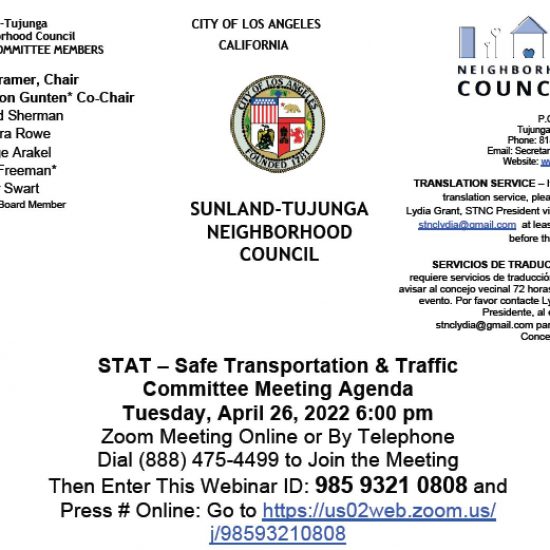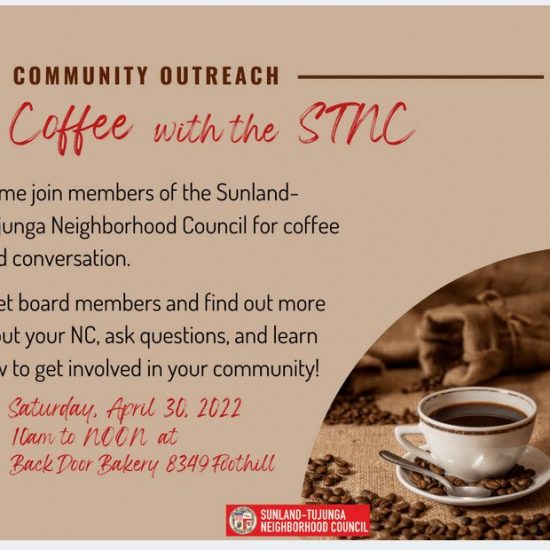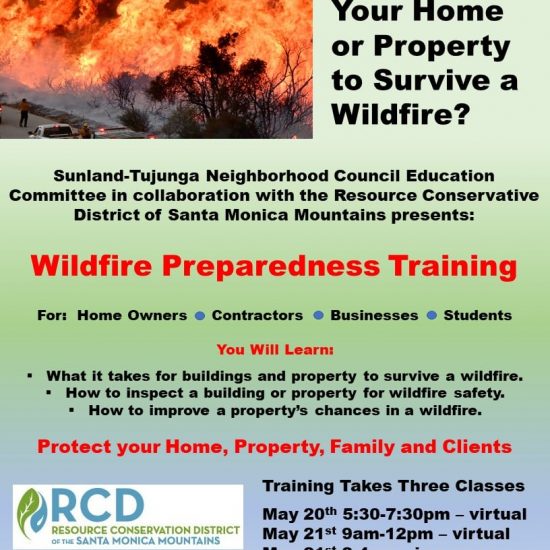
YOUR VOICE IS NEEDED!
Hello, neighborhood council board members,
The members of the Neighborhood Council Sustainability Alliance (NCSA) Trees Committee want to be sure you are aware of a critical opportunity for individuals and neighborhood councils to take a position on the future of our urban tree canopy.
The City of Los Angeles has launched a program to repair our broken sidewalks. As part of a settlement of the Willits class action lawsuit, a sidewalk repair program (SRP) called Safe Sidewalks LA began 3 years ago, and as a result, hundreds of large trees have already been removed, even though an environmental impact report (EIR) had not been conducted. We all want our sidewalks repaired, but we cannot afford to lose our urban tree canopy.
Through this 30-year SRP program, close to 13,000 large, mature trees are projected to be removed and replaced with 15-gallon saplings.
On December 26, 2019, the Sidewalk Repair Program Draft EIR was finally released. Here is a link: https://sidewalks.lacity.org/environmental-impact-report. The NCSA Trees Committee has serious concerns that this lengthy report is not informed by science and ignores the City’s own Dudek report, which cites tree preservation as critical for the health of our city and its inhabitants.
The goal of this draft EIR is to “streamline” the implementation of the sidewalk repair program and enable trees to be removed without challenge. We have concerns about the rush to remove trees without adequate due process, public involvement, and consideration of more sustainable approaches. We know there are hardscape alternatives to tree removals, such as bulb-outs, that are utilized in other cities to divert the sidewalk around the tree in order to retain it that are not proposed for Los Angeles. Visit www.seattle.gov/Documents/Departments/SDOT/Trees/TreeSidewalksOperationsPlan_final215.pdf to learn more.
Although new young trees will be planted, the projected return to the tree canopy baseline as it existed prior to the program will not occur for 30 years. The report ignores or fails to evaluate numerous health and environmental impacts that result from tree removals. These include an increased heat island effect, a decline in air quality, loss of wildlife, and loss of stormwater capture. No mitigation of ecosystem services loss is addressed in this EIR because trees are considered a design element rather than an ecosystem service provider.
Trees take decades to grow to maturity, and the report anticipates a new tree mortality rate of only 8%, which we believe is overly optimistic, particularly given that budget and capacity constraints may make proper maintenance and irrigation of young trees extremely challenging. The City of Santa Monica’s chief forester reported at the City of Los Angeles’s 2019 Tree Summit that they experience 20% mortality with street tree saplings, and their urban forestry program is highly regarded. The City of Los Angeles’s replacement-tree list excludes important large-canopy tree species, and it is the large trees that provide greater ecosystem services than smaller trees. It is these valuable species that are frequent candidates for removal.
We are now in an important public comment period through February 24, and we are asking you to take action:
1. Call your city council office and the Mayor and urge them to shift the City’s outdated practices to a modern, ecologically-centered approach that uses sustainable methods and aligns with the public’s growing demand for a healthy, leafy, green city.
2. Attend public input meetings for the EIR to make your opinions heard.
3. Submit a written comment about the program.
4. Protect your community and the environment by sharing this information with your friends and neighbors.
5. Agendize this for your neighborhood council meeting. A sample motion is included below. If you need more time for your neighborhood council to get this done, send a request to extend the public comment period to Shilpa Gupta at Shilpa.Gupta@lacity.org. (See sample email letter on the NCSA Website Trees section)
Please publicize and rally people to attend SRP Draft EIR scoping meetings. Make your opinions heard. Ask for changes.
SIDEWALK REPAIR PROGRAM DRAFT EIR
PUBLIC MEETINGS
January 29, 2020, 5 pm–7 pm
Sunland-Tujunga Branch Library
7771 W Foothill Blvd, Tujunga, CA 91042
January 30, 2020, 6 pm–8 pm
Watts Senior Citizen Center
1657 E Century Blvd, Los Angeles, CA 90002
February 5, 2020, 6 pm–8 pm
Lafayette Multipurpose Community Center
625 S La Fayette Park Pl, Los Angeles, CA 90057
February 6, 2020, 6 pm–8 pm
Reseda Recreation Center
18411 W Victory Blvd, Reseda, CA 91335
February 12, 2020, 6 pm–8 pm
Westchester Senior Citizen Center
8740 S Lincoln Blvd, Los Angeles, CA 90045
February 13, 2020, 6 pm–8 pm
Normandale Recreation Center
22400 S Halldale Ave, Torrance, CA 90501
February 15, 2020, 10 am–12 pm
Robert Louis Stevenson Branch Library
803 S Spence St, Los Angeles, CA 90023
Here is a sample motion:
Whereas, the Sidewalk Repair Program Draft Environmental Impact Report (EIR) proposes to allow the tree canopy to decrease over 1.5% during 30 years by removing 12,869 large trees, only reaching 2017 levels again in 2047, and
Whereas, the EIR proposes to mitigate tree loss at different ratios during different years of the project, only planting the minimum number of trees necessary to return to 2017 levels in 2047, and Whereas, the EIR claims the project to have minimal environmental impacts, and Whereas, tree canopy is an essential first line of defense against extreme heat days, which will become more frequent during the next 30 years and localized tree loss will result in a dangerous increase in local temperatures, especially on extreme heat days, Whereas, loss of tree canopy also means reduced air quality, loss of habitat, loss of stormwater filtration, and loss of aesthetics and property values,
Therefore, the (your NC name here) requests
1) that every possible effort be made to redesign sidewalks around trees utilizing bulb-outs and meandering sidewalks
2) that only those trees absolutely necessary to be removed for sidewalk repair be removed, with no preemptive removal of trees not causing problems
2) that all trees removed for the sidewalk repair program be mitigated at a ratio of 4:1 with species of equal size at maturity and located in the same neighborhood as those removed
3) that the EIR be amended to consider tree removal a significant adverse impact with binding mitigation measures
4) that every tree removal continue to have the due process of notification through an Urban Forestry Division tree removal notice and that removal of 3 or more trees at a given site continue to have a Board of Public Works hearing
5) a 60-day extension in the scoping period to allow all neighborhood councils the opportunity to agendize and submit their motions
Lastly, if you want to get more engaged with the NCSA, please check out our website at ncsa.la and join our email list. And feel free to email us at ncsa@empowerla.org or call Lisa at 323.660.2780.
Joanne D’Antonio
Neighborhood Council Sustainability Alliance, Trees Committee Chair
Sustainability Representative, Board Member, Greater Valley Glen Council
Community Forest Advisory Committee Representative for Council District 2
NCSA Representative, Urban Forestry Management Plan Working Group (Dudek Report)
jdantonio@greatervalleyglencouncil.org
trees@ncsa.la
(818) 387-8631
UFD tree removal notices posted at this link:
https://www.ncsa.la/proposed_tree_removal_listings
Read the Dudek Report http://www.cityplants.org/wp-content/uploads/2018/12/10939_LA-City-Plants_FirstStep_Report_FINAL.pdf















